
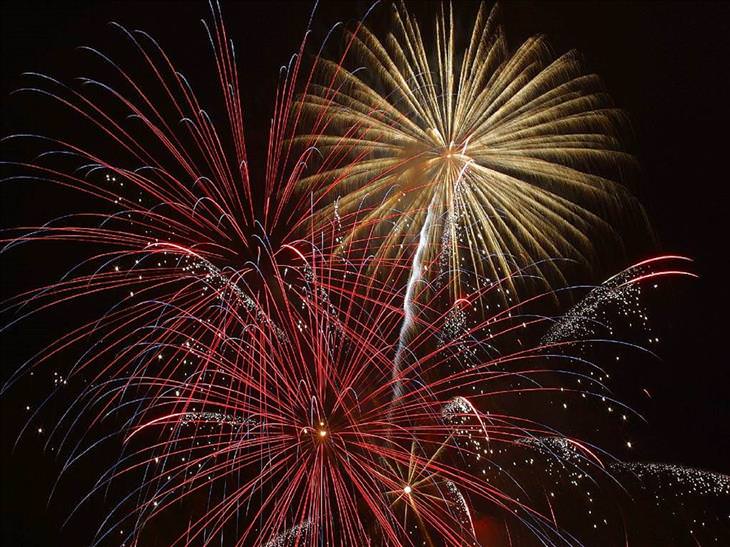
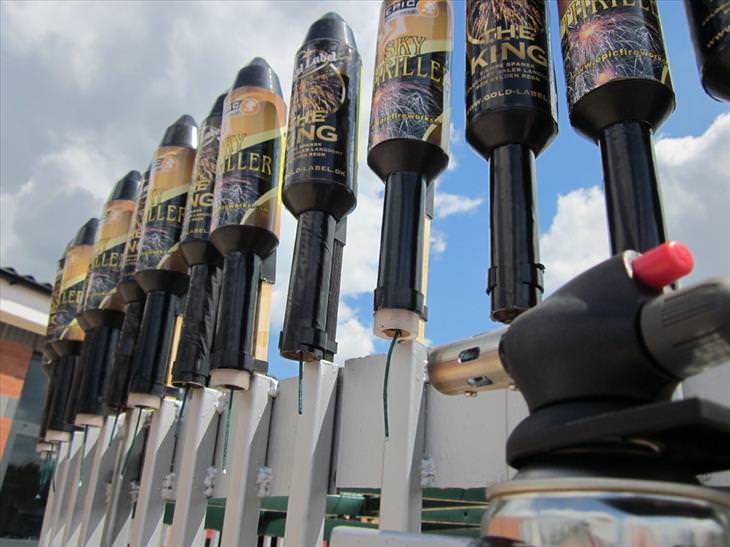 Source: Epic Fireworks
Source: Epic Fireworks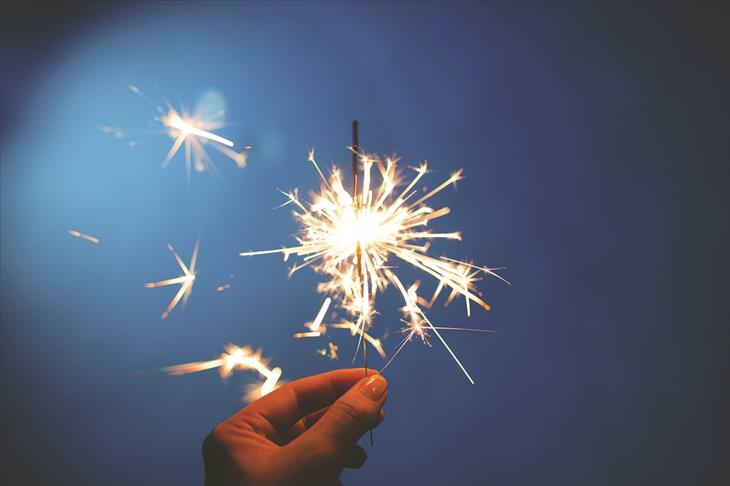
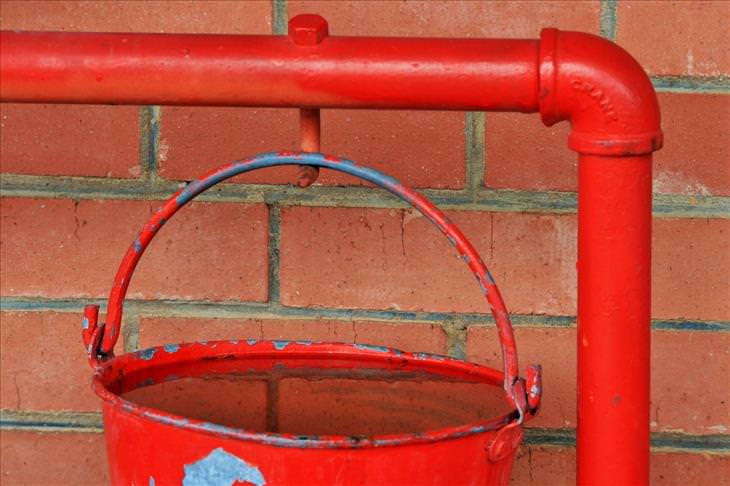
 2:01
2:01
SAFETY TIPS: What To Do When You Encounter A Wolf
In this important video, an expert breaks down wolf behavior and explains what you should do in the event of a wolf encounter in the wild.

Wishing You a GREAT 4th OF JULY! Celebrate America!
Be proud of being an American and share one of these meaningful 4th of July cards with everyone. HAVE A GREAT 4TH OF JULY!

Kwanzaa in a Nutshell: Learn About This Cultural Holiday
Kwanzaa in a nutshell - a light introduction to this modern non-religious African American holiday.

How to Get Your Kid to Open Up About Their Day
Why do your kids or grandkids avoid talking about their day? How to get them to open up?

Keep Your Pets Safe This Storm Season!
Learn some useful tips on how to keep your pets safe in stormy weather.

40 Sentences Every Child Needs to Hear to Succeed in Life
Help your child succeed in life with these 40 sentences.

Embracing Love After Divorce: A Guide to Dating Again
Single again after divorce? This is what you should do next…

How to Prepare Matcha, the Healthiest Drink on the Market!
Matcha green tea is one of the healthiest drinks out there and this is how you can make it yourself.
 18:55
18:55
An Expert in Failure: An Inspiring Speech All Should Hear
This is a terrific lecture everyone who has ever been afraid of failure.

What Happens to Your Breasts When You Don't Wear a Bra
What happens when you don't wear a bra? Here are 8 health benefits of not wearing a bra you may not know about.
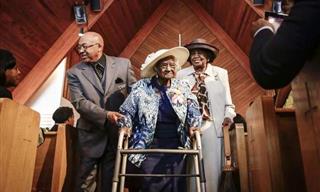
Reaching age 112: People Share Their Long Living Secrets
10 of the oldest people on earth would like to share their secret...

Weeds Stand No Chance Against This Fantastic Weed Killer
How does a practically free, home-made, all-natural weed killer that's kind to the environment sound? Amazing, right? Here's how to make your very own.
 17:05
17:05
Unusual Gardening Idea: Potatoes in Cardboard Boxes
Never knew growing potatoes at home was this easy!

10 Surprising Facts About Your Brain You May Not Know
Introducing 10 surprising facts about how your brain works and how it influences your life for better or worse.
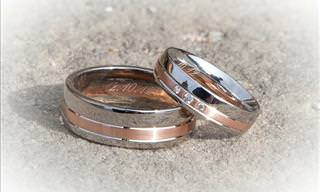
Keep Your Jewelry Sparkling Clean With This Perfect Guide
Jewelry is quick to tarnish and lose its beauty. But don't despair - use these cheap and easy methods to clean it at home!
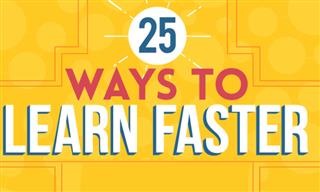
Learn Quicker With These 25 Tips for Faster Learning
There are several efficient and proven methods to speed up the learning process. Here are 25 tips to achieve it.

10 Popular Beauty Products That Are a Waste of Money
Some beauty and self-care products are just a waste of your money, and all 10 of these popular items are better off in the trash...
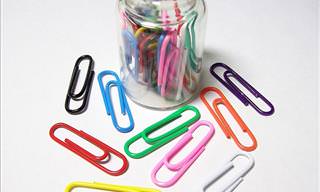
12 Useful Tips That Help Solve Problems Around the House!
Want to skip the ironing? Have reusable grocery bags all over the place? With the following 12 tips, you can solve various problems in life ...
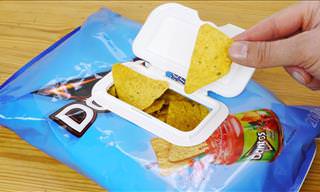 3:04
3:04
A Clever Trick For Keeping Your Favorite Snacks Fresh
This video will show you a simple trick that will keep your very perishable snacks fresh.

This Christmas, Make Some DIY Gifts for Our Loved Ones!
Make your loved ones feel extra special with these DIY Christmas gifts.
 8:12
8:12
These Organization Tips Are the Most Useful You'll Discover
These essential DIY tips will ensure a clean and organized home.

These Pots and Pans Storage Solutions Are an Absolute Must
If you have a small kitchen or if your cabinet space is limited, then you need to read this.

14 Psychological Tricks You Have to Try Today!
How about getting people to agree with you? Kid won't eat their greens? These 14 psychological tricks will get people to do what you want.

Do You Have Dandruff? Here's How to Get Rid of It!
Do you suffer from dandruff? If so, instead of buying expensive shampoos, try these 8 natural remedies instead!

Did You Know Shampoo Has Other Useful Uses Besides Hair?
if you always thought your shampoo was only meant for keeping your hair healthy and beautiful, you are about to discover 10 particularly useful surprises!
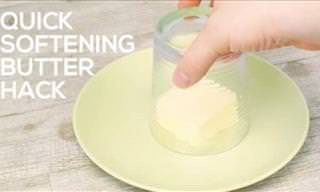
Solve 18 Cooking and Food Storage Problems With These Tips
These 18 food tips will teach you how to prevent food from spoiling and will show you how to save time and effort in preparing certain foods
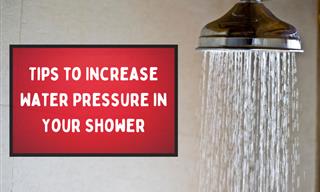
How to Increase Water Pressure in Your Shower: 9 Tips
Is the water pressure really slow in your shower? Here’s what you should do to improve it.
 5:26
5:26
Ten Genius Christmas Life Hacks You Surely Never Thought Of
The DIY solutions you always needed for this time of year...
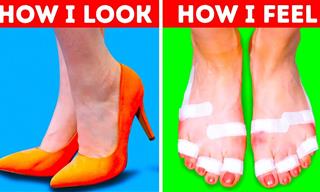 13:15
13:15
Give Your Shoes a New Life with These Clever Hacks
Everyone should know these life-changing shoe hacks.

10 Tips for Seniors to Use Tech Like a Pro
Seniors, enhance your tech skills with these tips.

These 21 Common Household Items Are Toxic to Your Dog
Is there anything in your home or yard that could be poisonous to your dog? Read this list of 21 household items toxic to dogs to find out

10 Things to Keep in Mind for Cooking Motivation
Does cooking suddenly seem like a nightmare? Here are 10 tips to help you fall in love with cooking again.
 3:40
3:40
Shocking! You Must Watch This Video About Child Safety
This social experiment reveals a shocking fact about child safety in parks. You definitely need to watch this!

20 Things You Can Do When You're Feeling Anxious
Stress can poison our daily life, but there are some small ways reduce it you can easily try.

10 Foods that Naturally Whiten Your Teeth
There's nothing like a pearly white smile and healthy teeth, and with these 10 wonderful foods, you can achieve these without the need for harsh chemicals!

Men vs. Women: 15 Things Each Do that Annoy the Other
Are you guilty of doing these annoying 30 things to your partner?
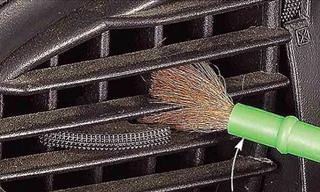
15 Great Tips for Cleaning Those Hard-to-Reach Spots
Have you ever skipped cleaning places and things around the house that were just too difficult to clean? Well, we have just the tips to help you with these spots!

Do You Buy Low Quality Spices? This Guide Will Help
To help you identify the difference between real and fake spices, read through this guide and learn to identify the quality of spices you buy.

Unlock Health Secrets with These Awesome YouTube Channels
Follow these YouTube channels for the best medical and health advice this year.

Decrease Indoor Humidity Levels with These 6 Plants
Having an ideal humidity level in our homes is essential for good health. Here are 6 indoor plants that can help decrease excessive humidity.

Impress Guests With 14 Nifty Napkin Fold Styles!
This terrific video tutorial will show you 14 easy-to-do napkin folding styles that are creative, whimsical and will guarantee your guests approach the tables with admiring smiles.

9 Uncommon Ways to Use Oatmeal in Your Home
Oats are so useful outside the kitchen too!

When on a Flight, Avoid These 8 Things....
To help you stay healthy and comfortable during your next flight, here are some crucial tips to keep in mind.

These Powerful Questions Can Lead You to a Happy Life
Harness the power of questions to transform your life for the better!
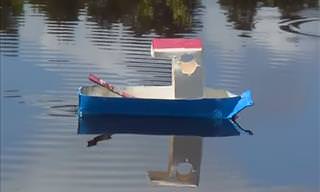
Impress Your Kids & Grandchildren With These DIY Toys
Whether you're looking for a new hobby or a way to save yourself a fortune on kids' toys and activities, this video box has certainly got you covered!

10 Hotel Secrets You Should Be Aware of Before Booking
There are numerous tricks of the trade that hoteliers employ to maximize profits. Here are 10 hotel secrets that you must know before booking your next trip.
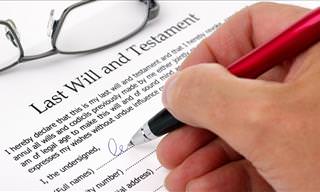
A Simple, Easy Guide for Writing Your Living Will
It's not something you want to think about, but writing your will is sure to lift a huge burden from your shoulders. Here's a simple guide.
To enable your Ad-Free Subscription, please fill the fields below
Your subscription was successful, now you can enjoy an ad-free experience!!
Note: To make sure you get no ads, please make sure to log in to your account. If you are logged in already, then refresh the page. The subscription can be cancelled at any time.


